Two of our cows experienced this parentally upsetting moment a few days ago when Bill weaned the last two calves, born in November. Although in our case, the calves’ noses weren’t pierced and the bling was a plastic nose flap.
The device is a lightweight plastic, noninvasive flap inserted just inside the nose that prevents the calf from pulling a teat into its mouth. Also, the flap has plastic teeth on the outer edge that irritate the cow’s udder—but don’t draw blood— so she will step away from the calf.
Two years ago we did a test run with the nose flaps on five calves that spent the winter here. Bill separated the cows and calves, herded the calves one or two at a time into the squeeze chute and inserted the flaps. There is a bit of a learning curve with twisting the flap to get the ends into the nose quickly and comfortably for the calf. Then the calves were released to rejoin their mamas. This was One-Toe’s reaction to Two-Toe’s new look and it was shared by the other cows. “What did you do to my baby?”
According to the website, at one ranch where QuietWean nose-flaps were used, the cattleman claimed calves spent 25% more time eating, 95% less time bawling and paced up to 15 miles less than traditional weaning. This eventually translates into more profit at the time of sale. We don’t that have that kind of quantitative data, but the small pasture close to the house where weaning takes place is noticeably quieter. What fussing occurs comes mostly from the mamas lugging uncomfortably full udders who can’t understand why the calves are ignoring their “come to the table” bawls.
This spring, we used nose flaps to wean the eight calves wintered here. Admittedly, we have limited experience with this weaning method. But based on observations, our conclusion is it creates less separation anxiety for both cows and calves; and, even though the calves may look uncomfortable for a few hours, it’s a more humane method than removal of both milk and mother at the same time.

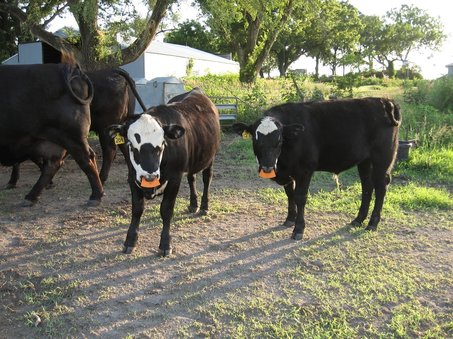
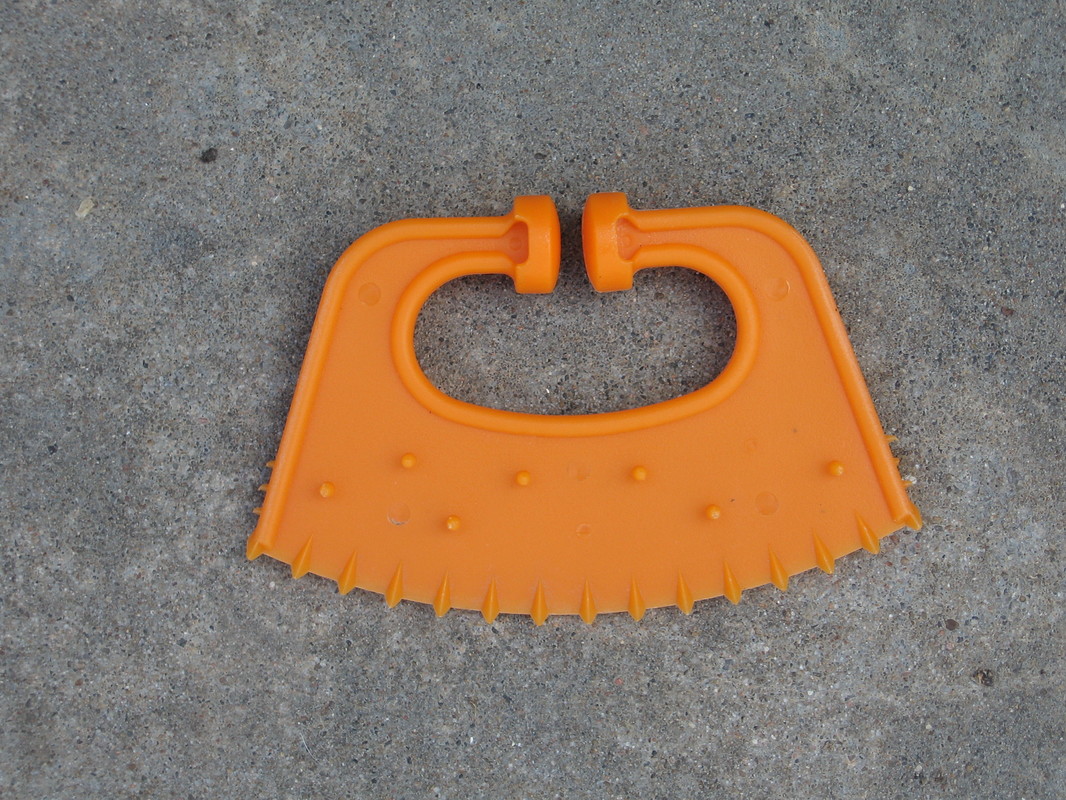
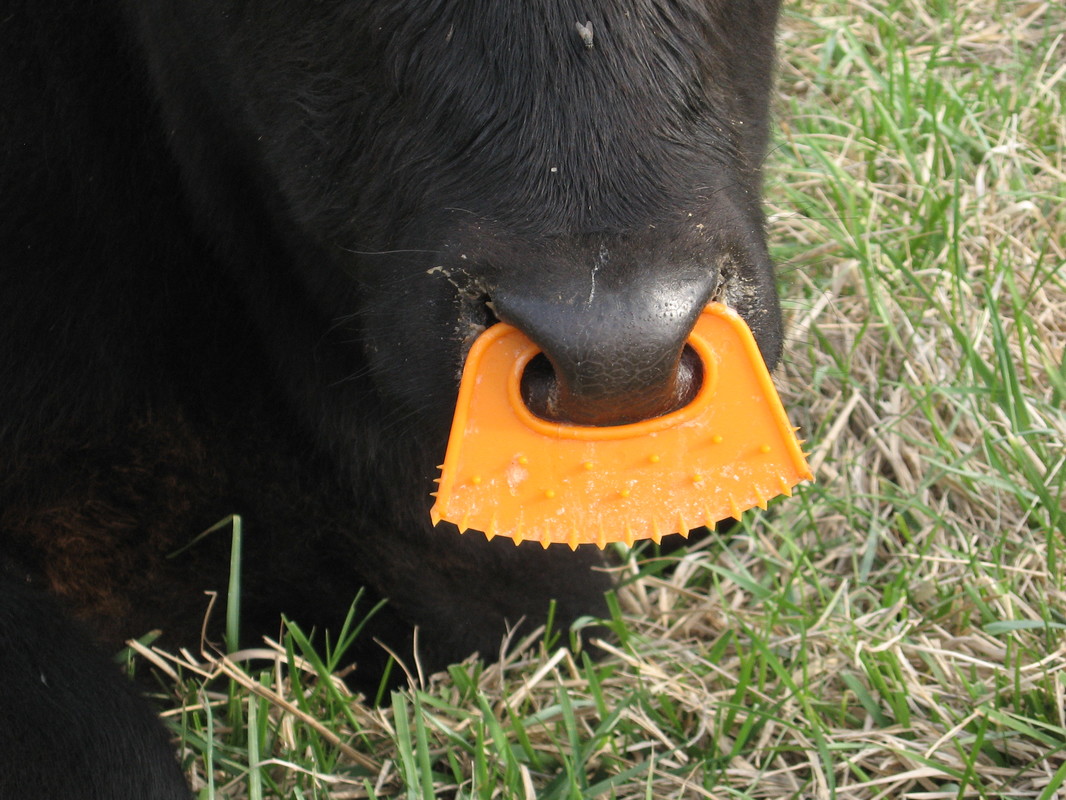
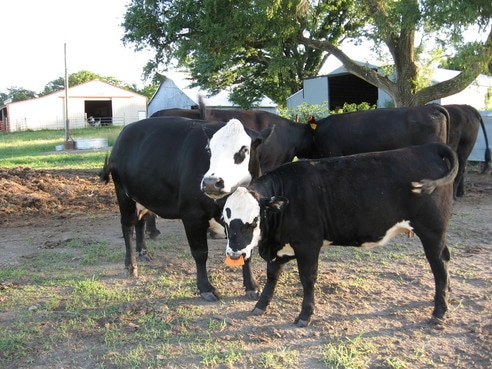
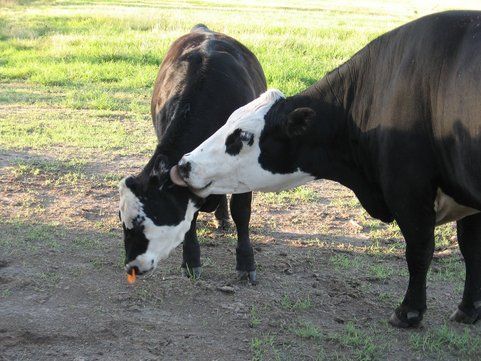
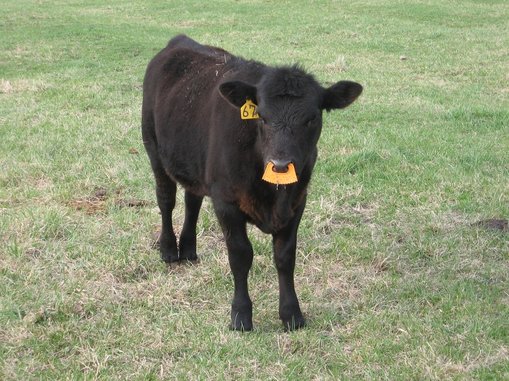
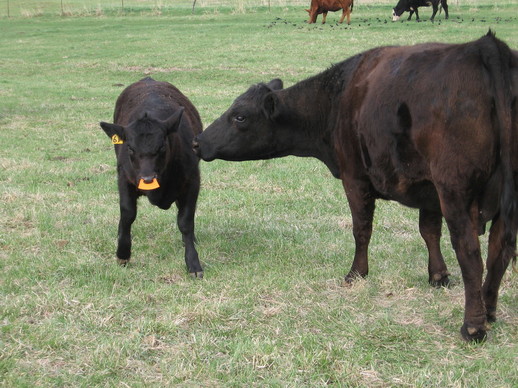
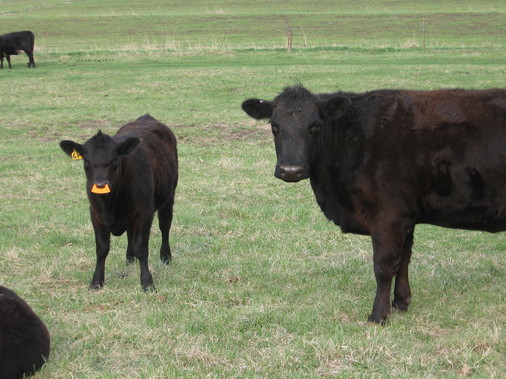

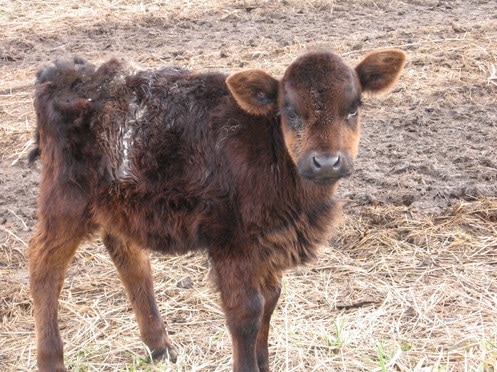
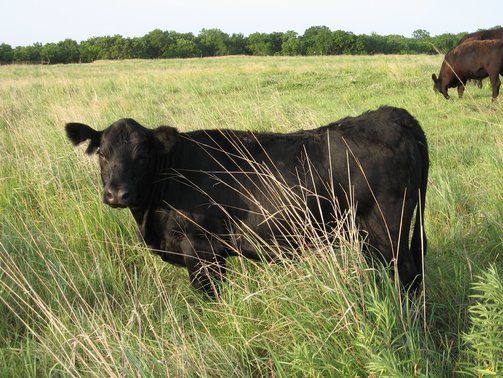
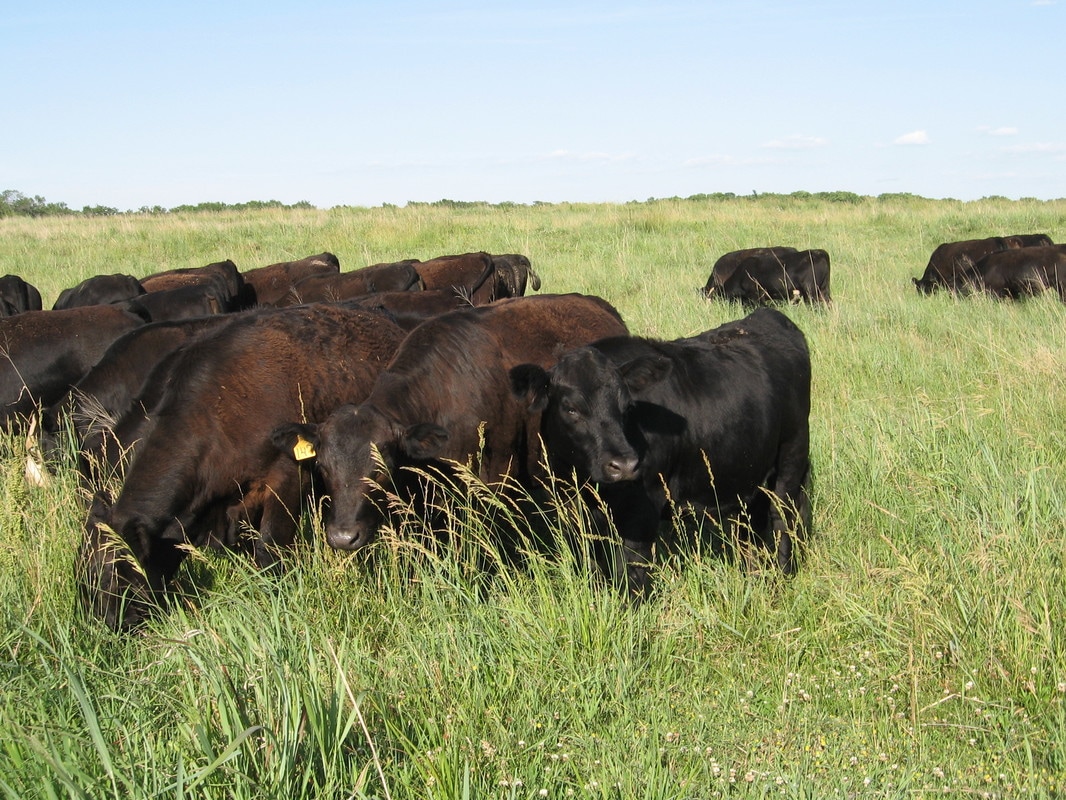
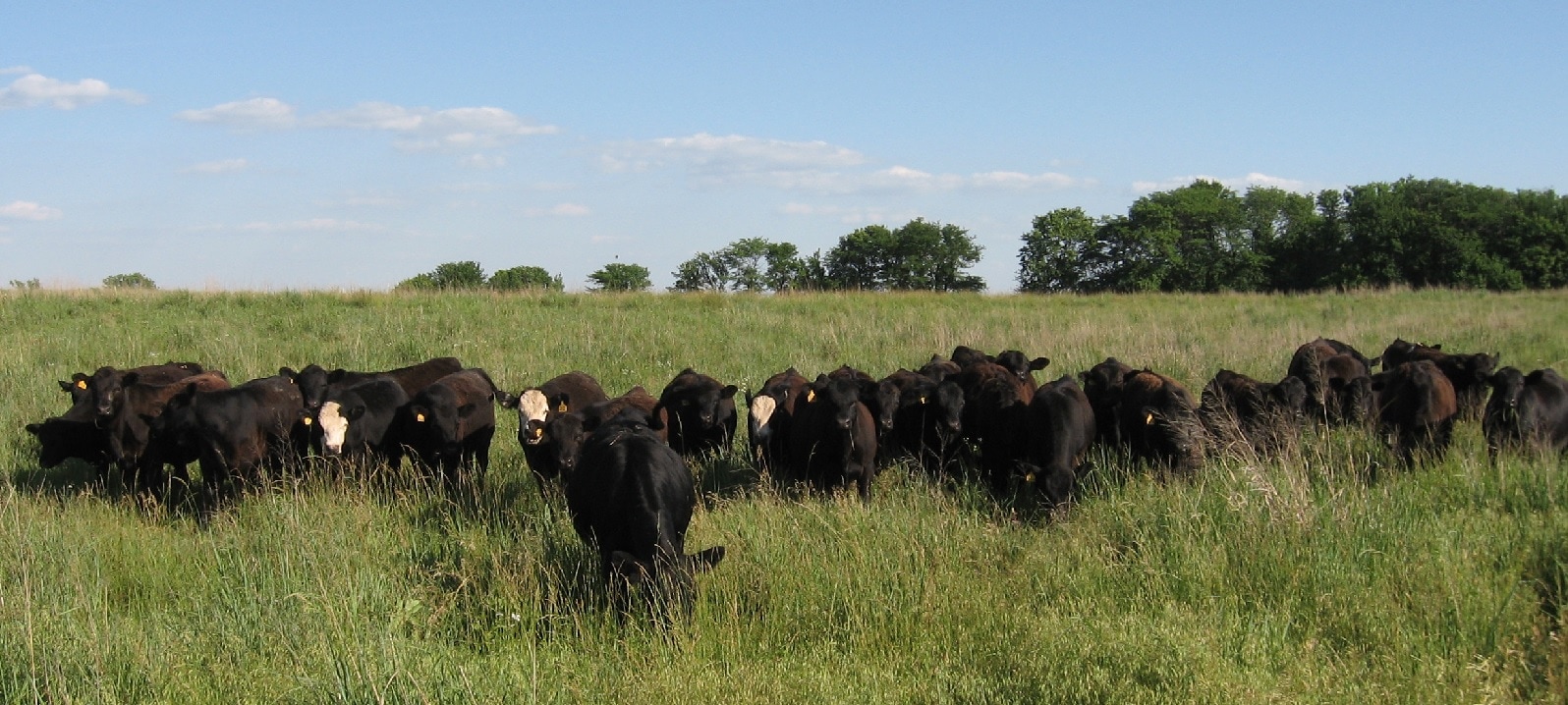

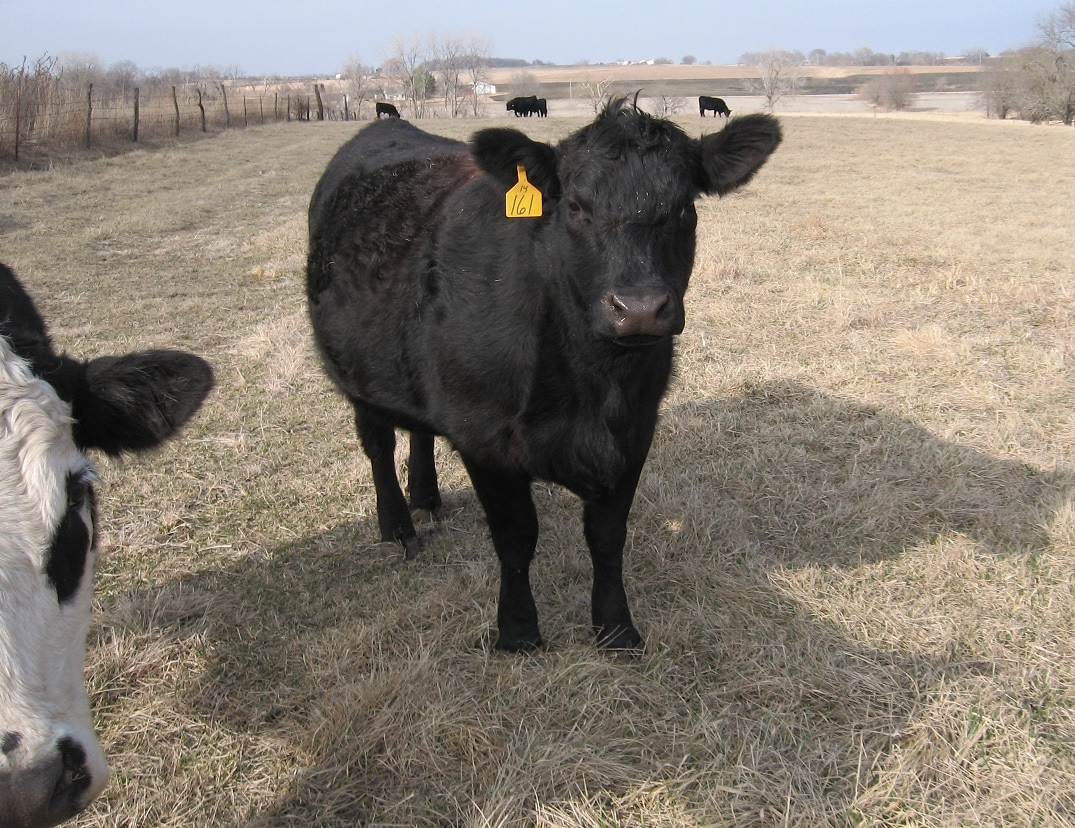
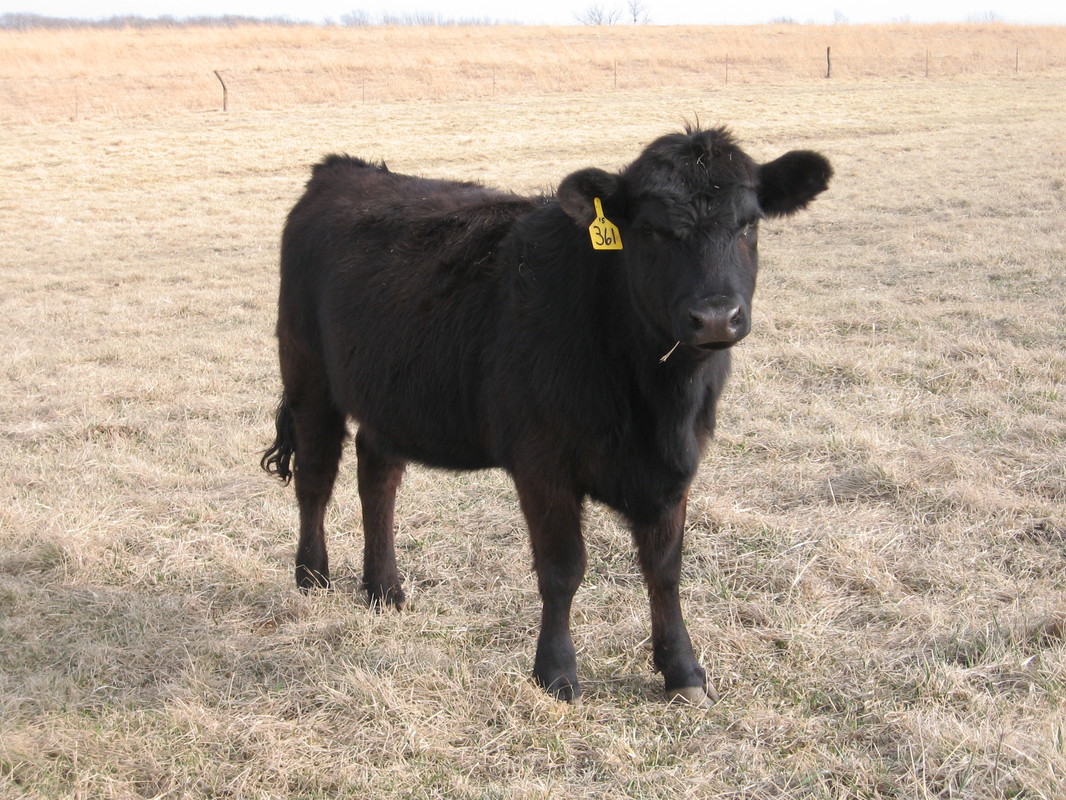
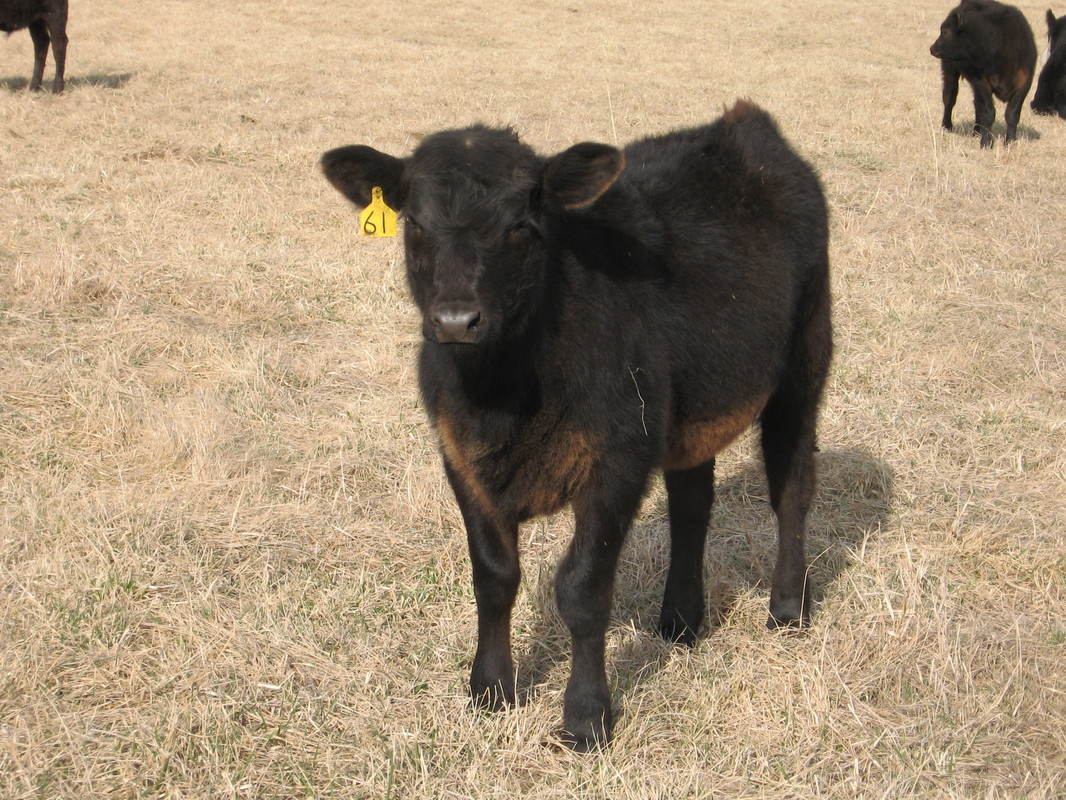
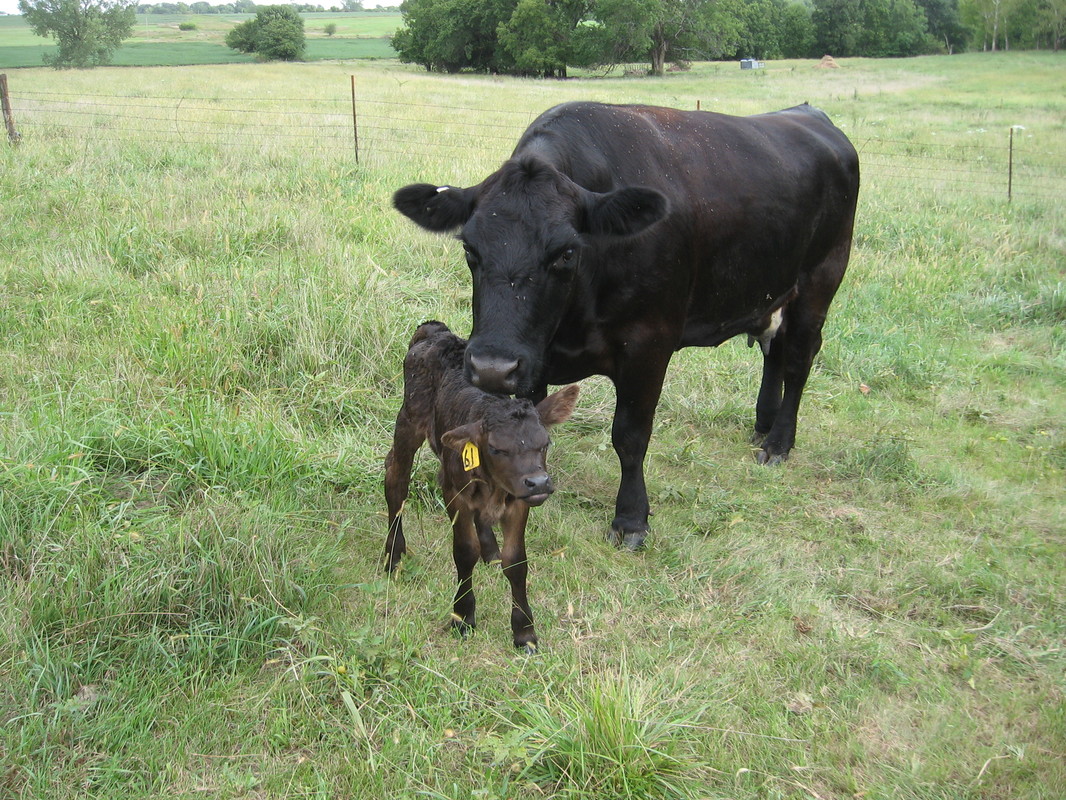
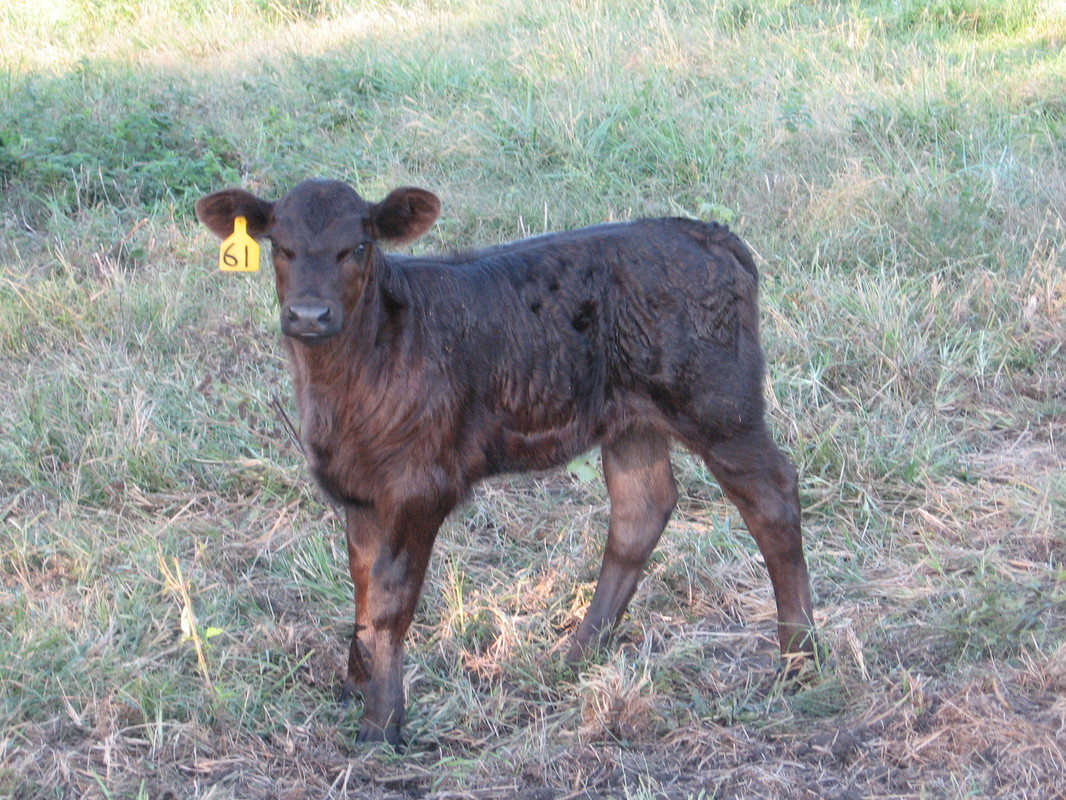
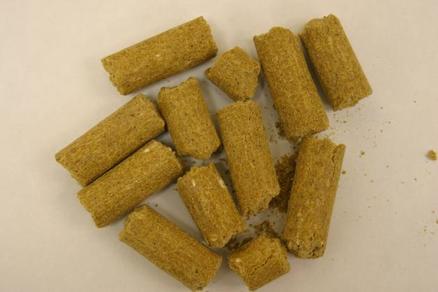


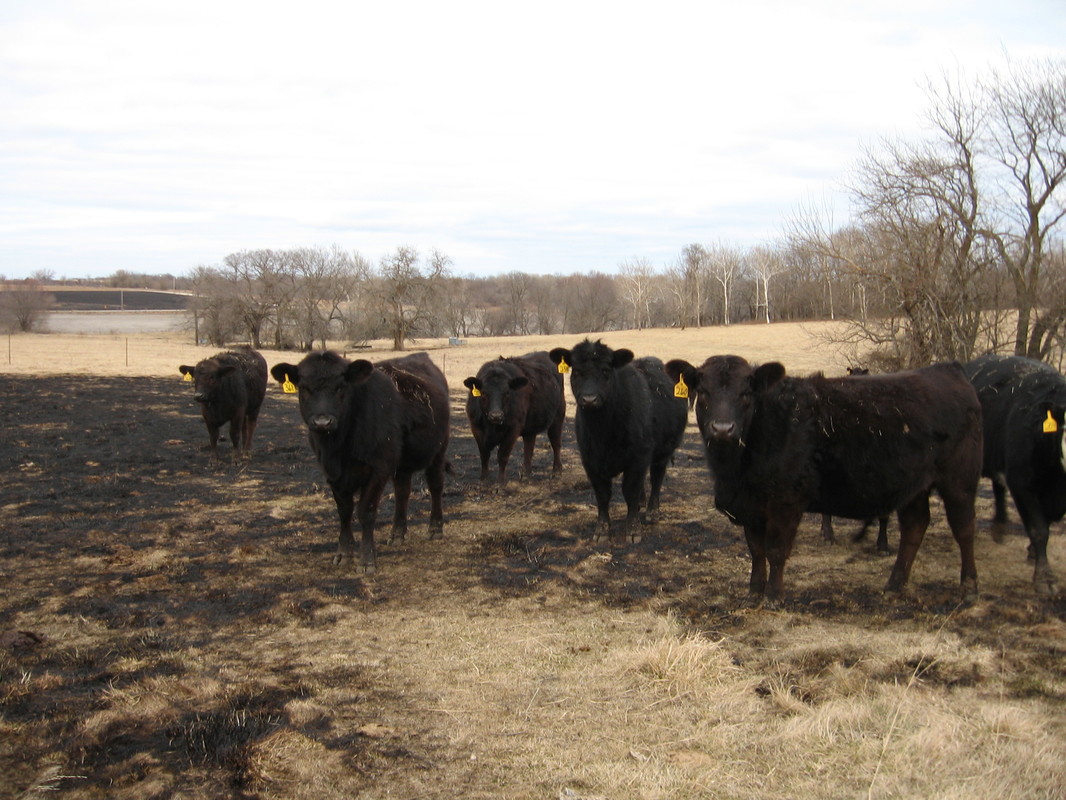
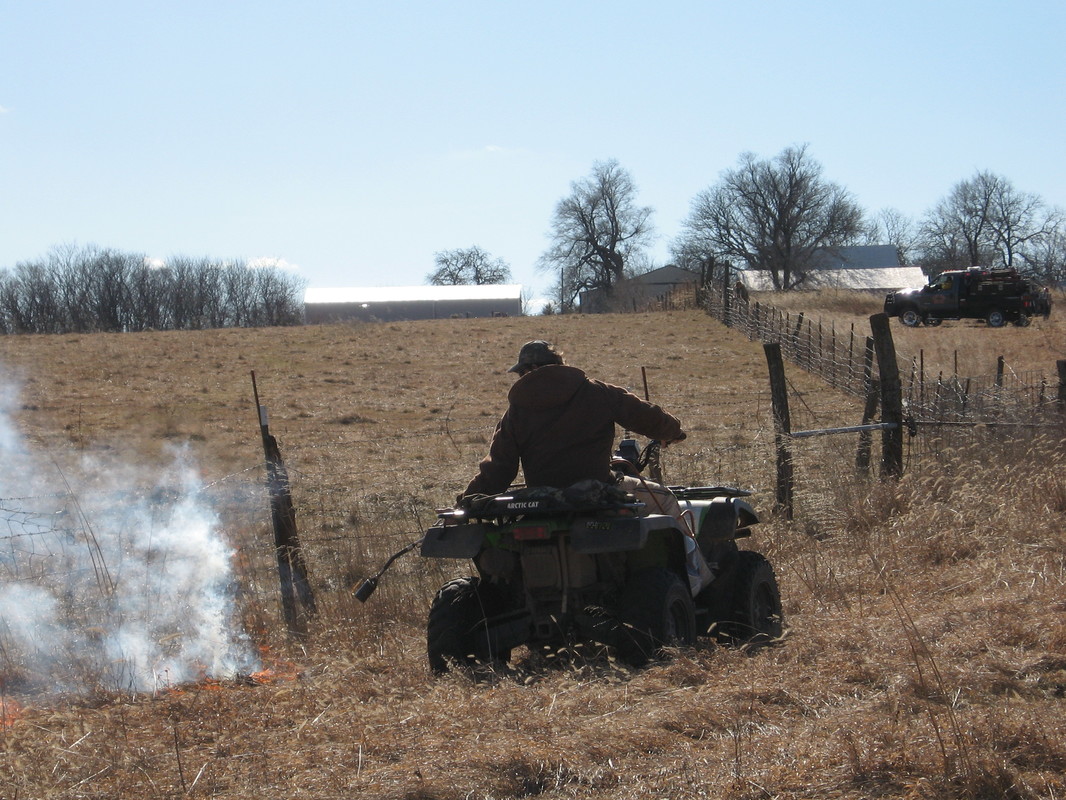
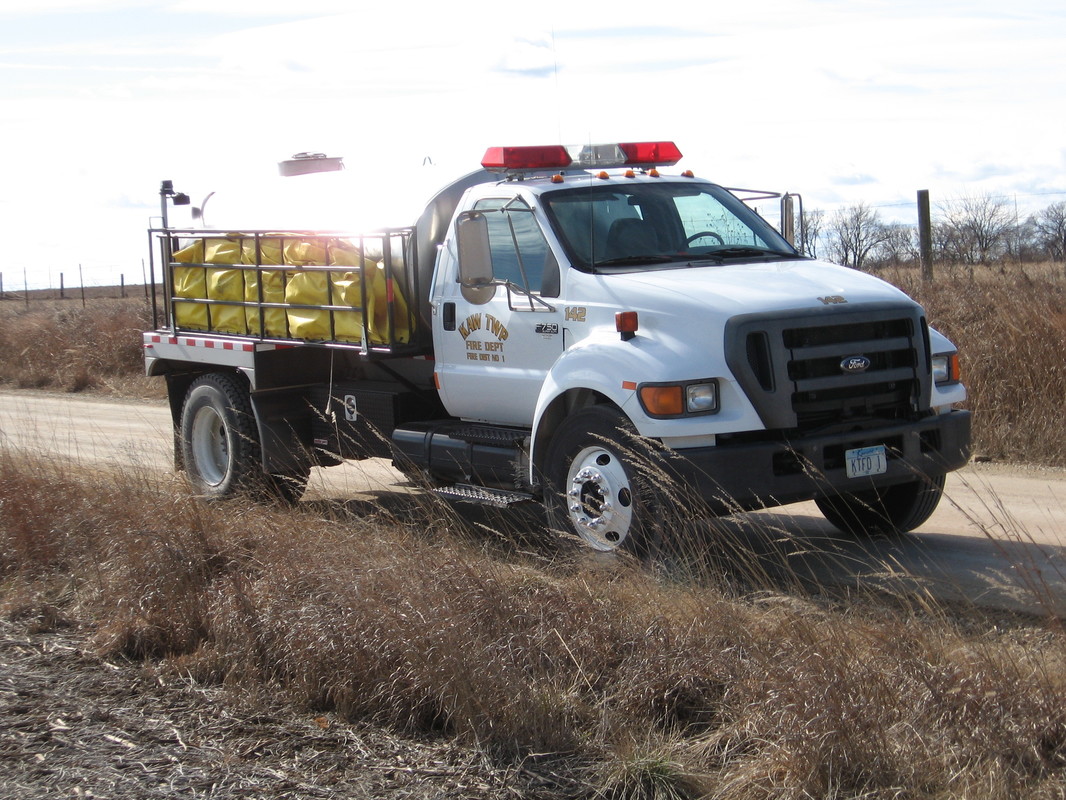
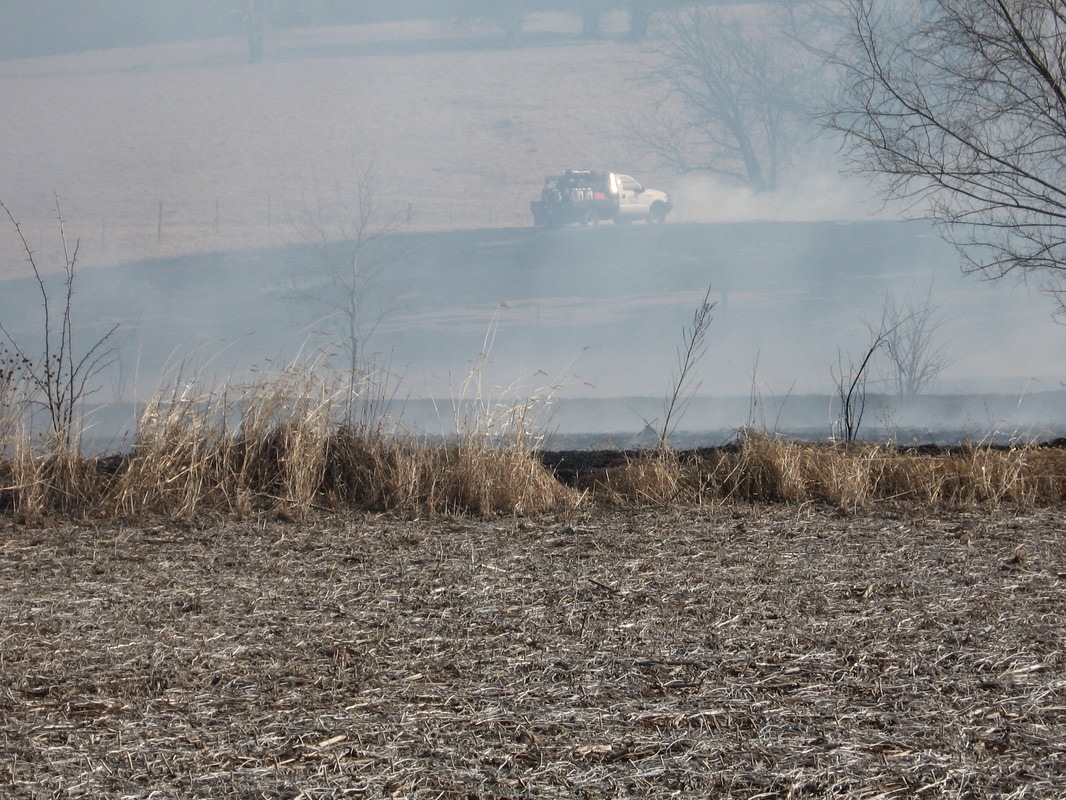
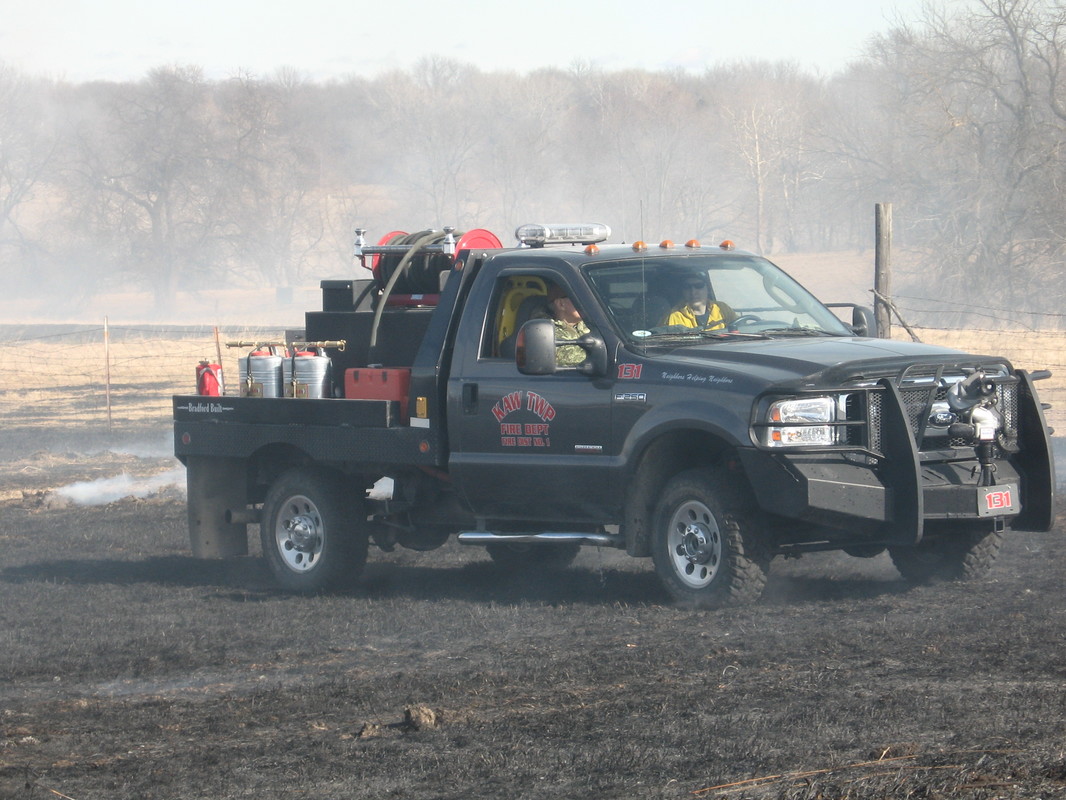
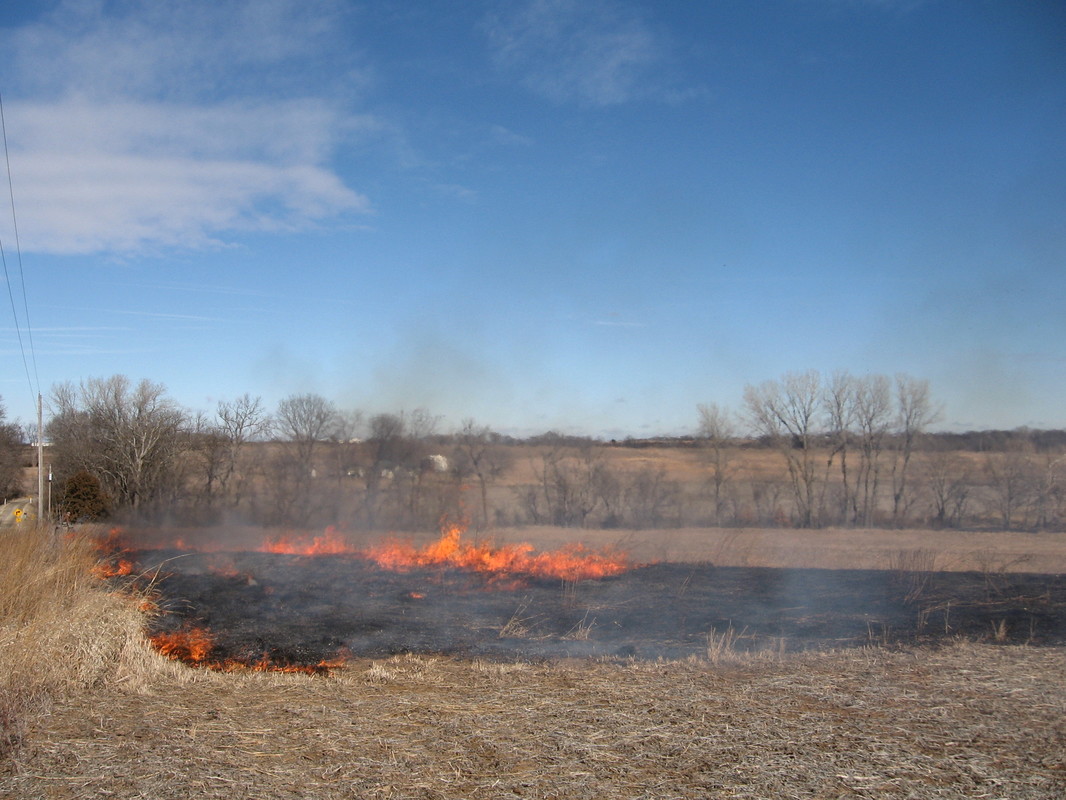
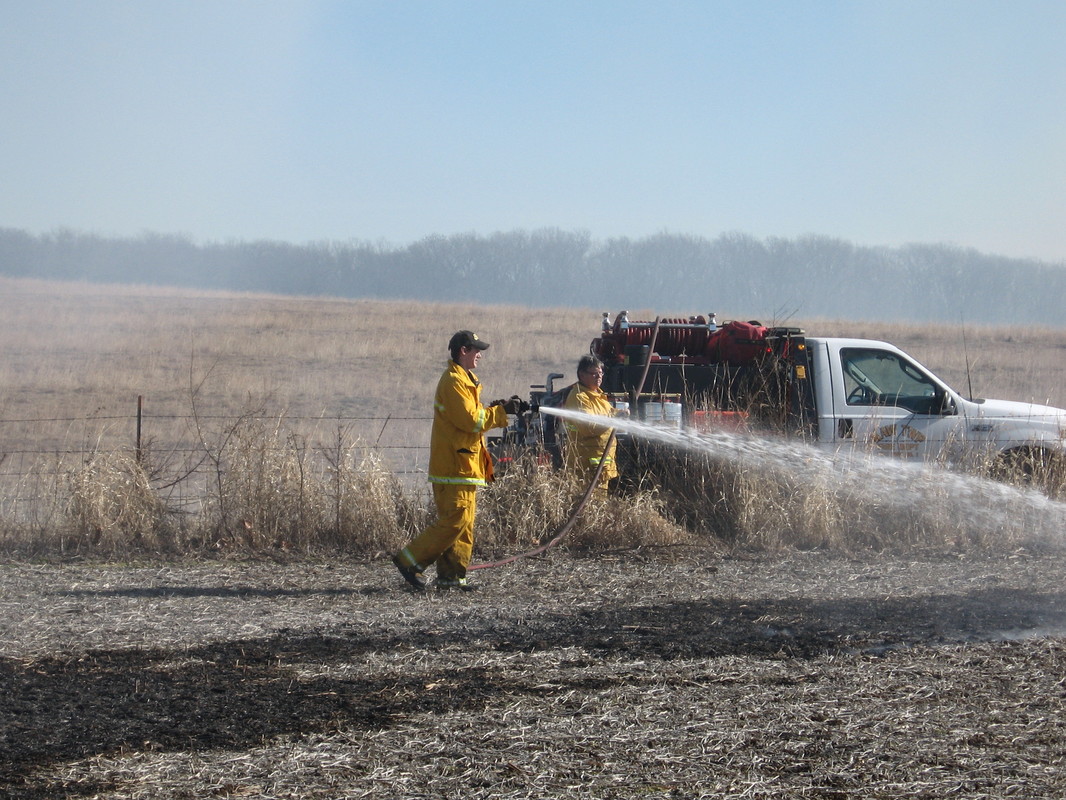
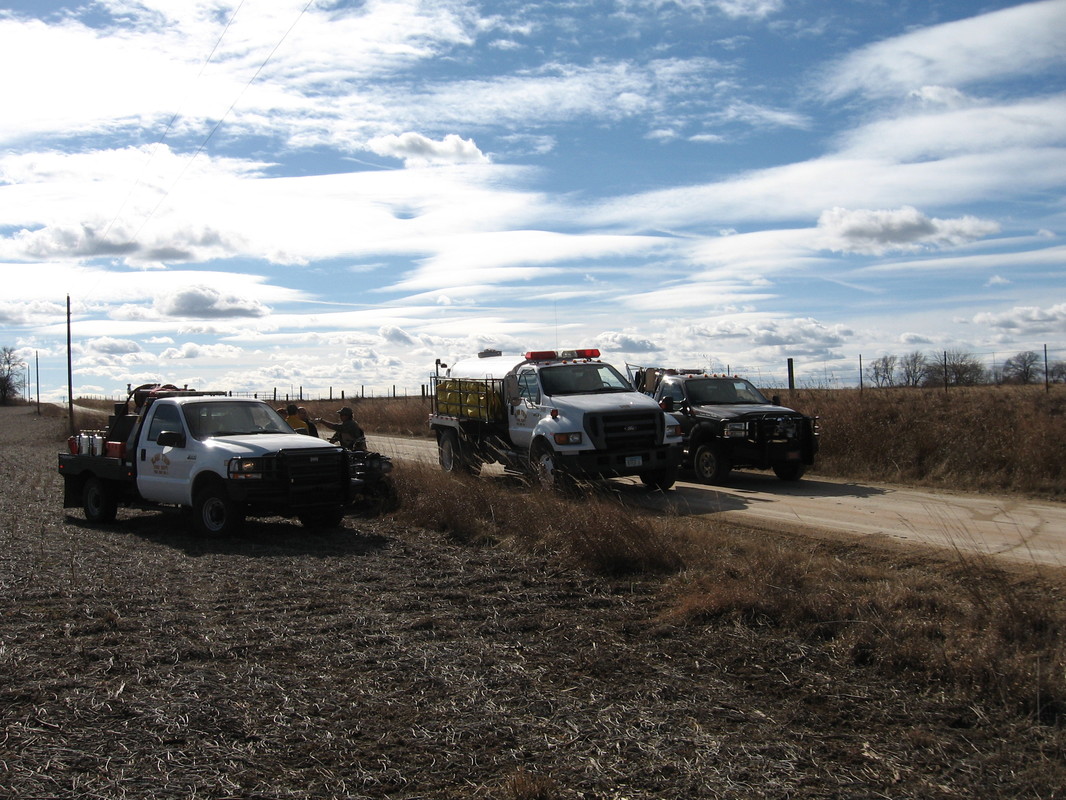
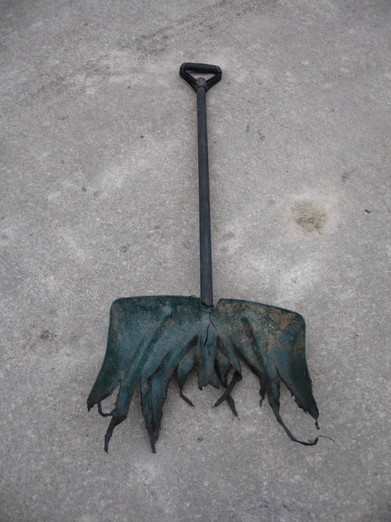

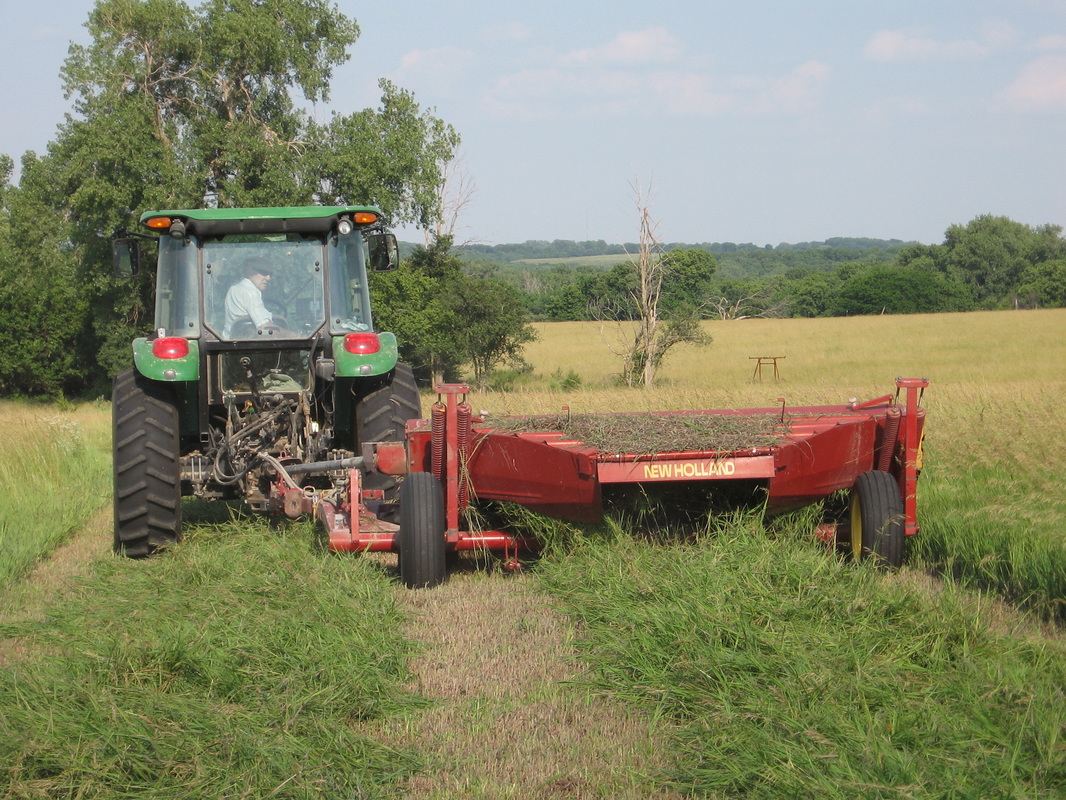
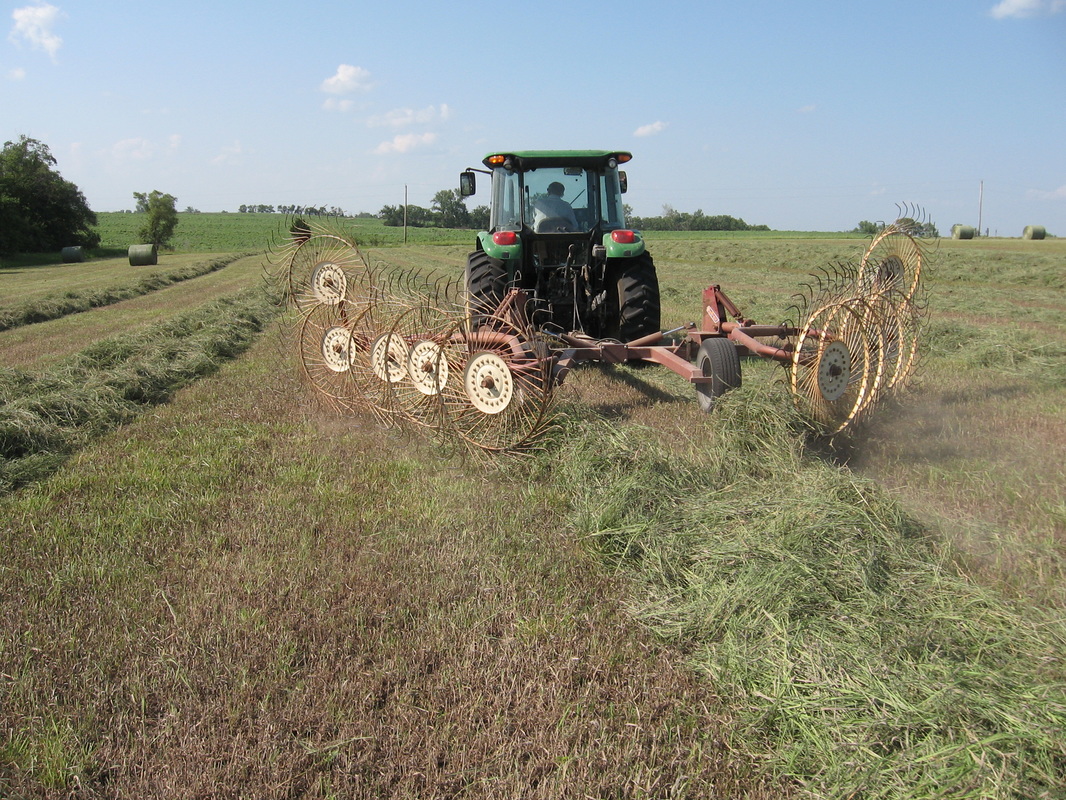
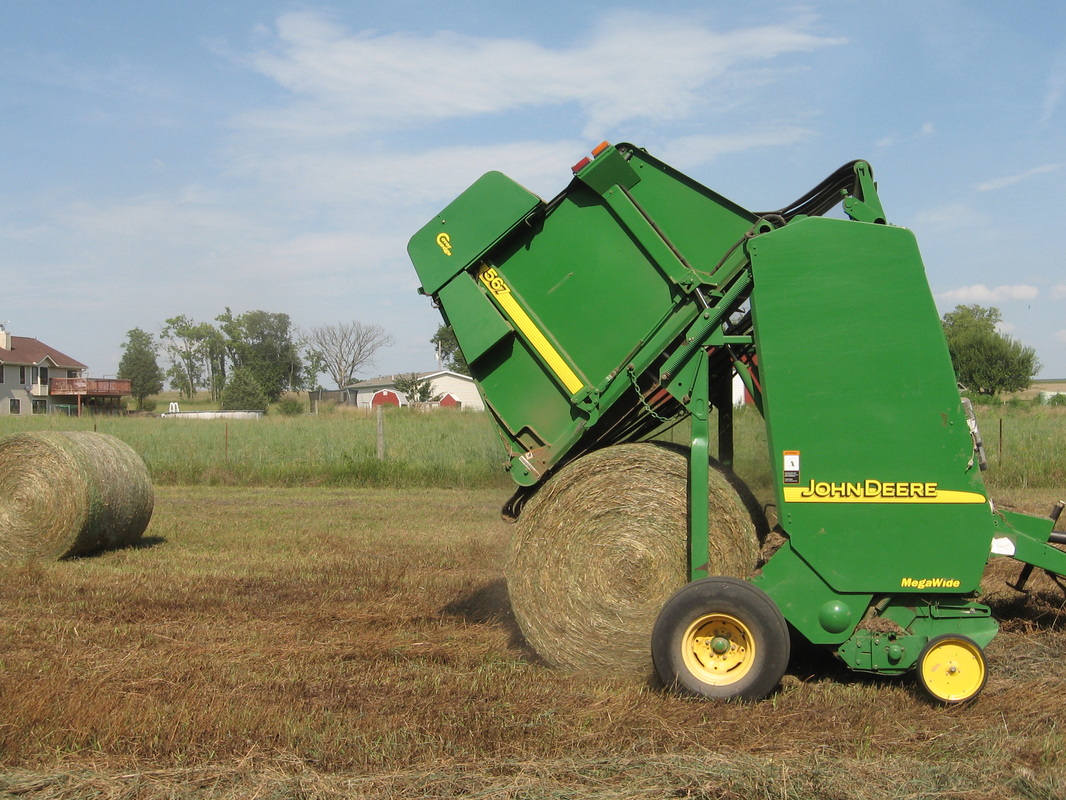
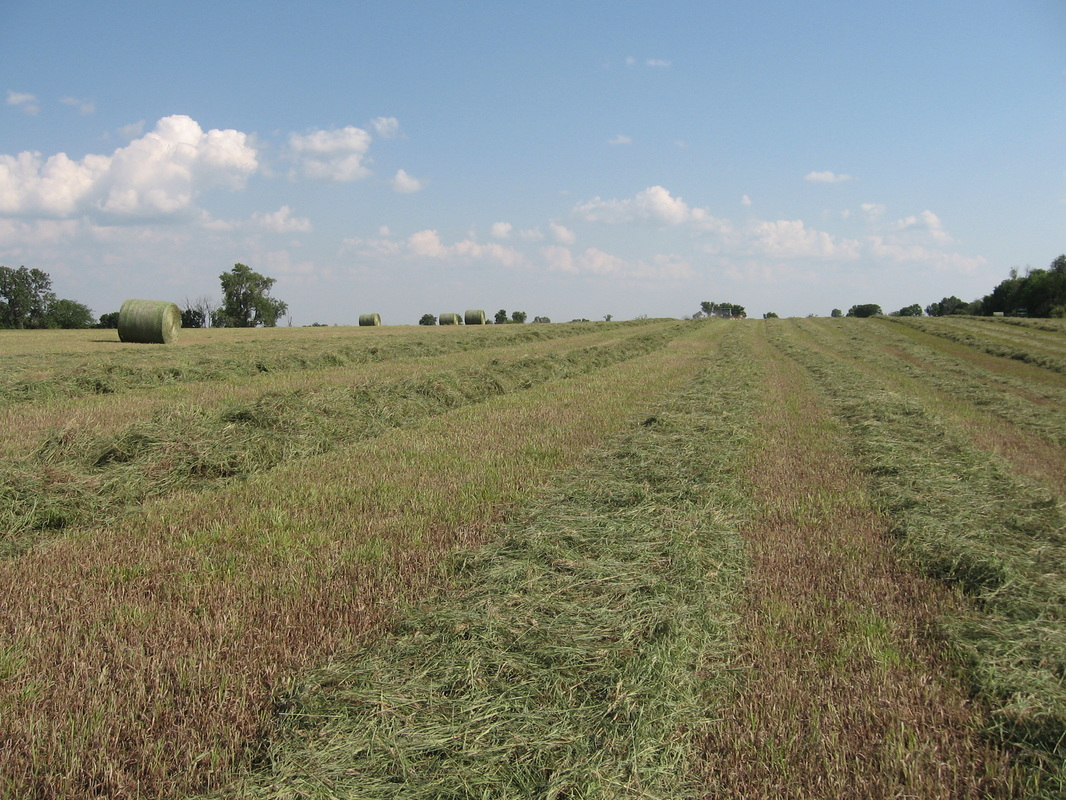

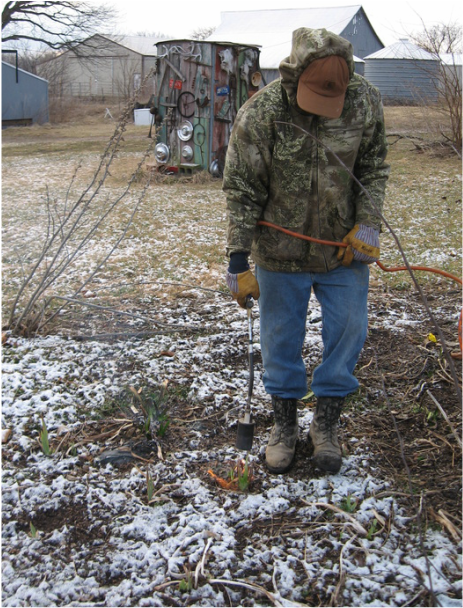
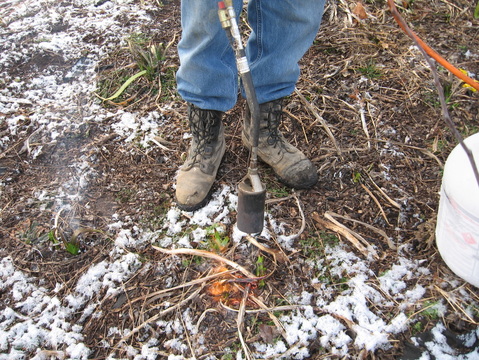
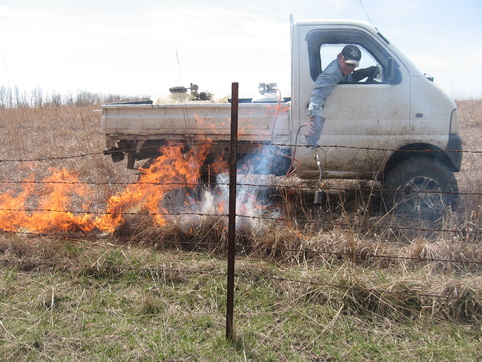
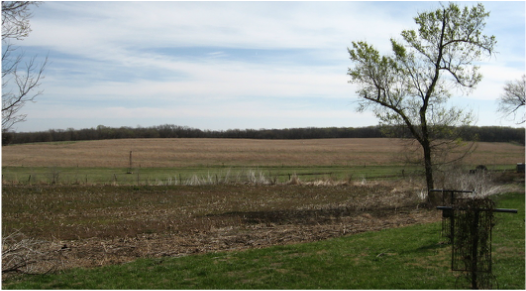
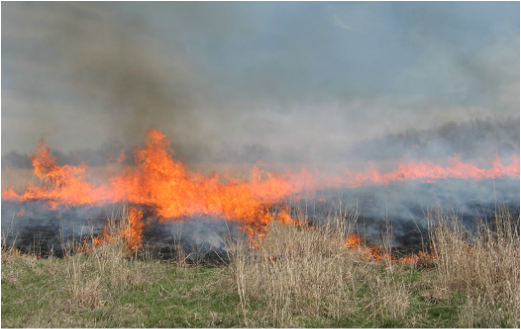
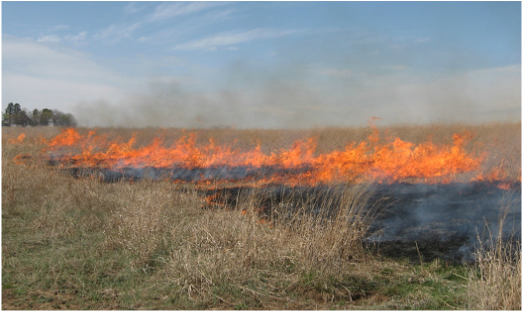
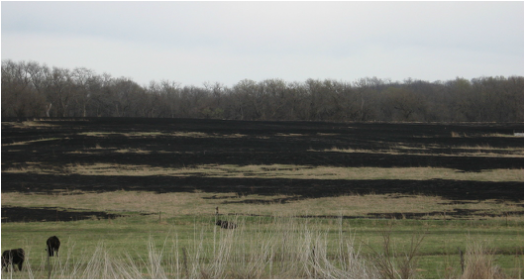
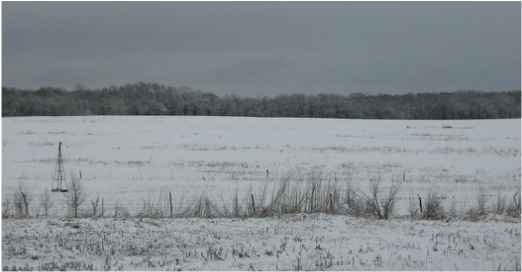
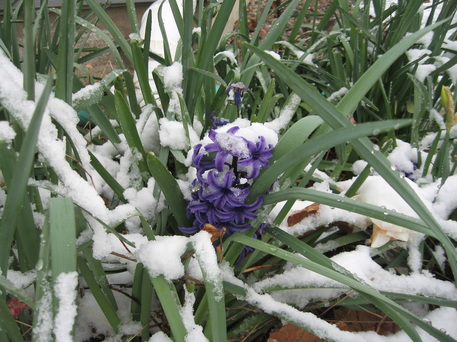
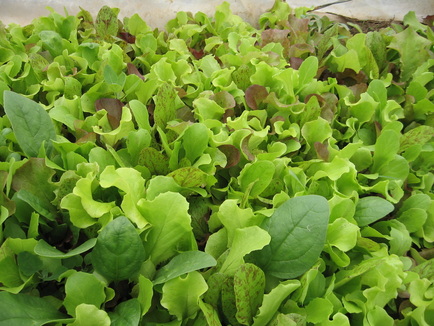
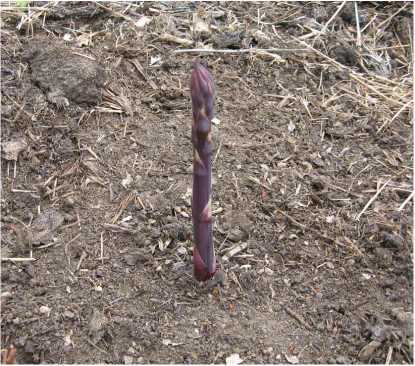
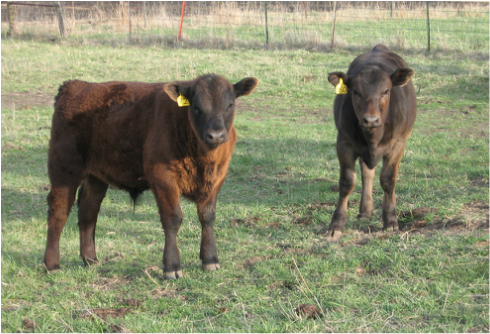

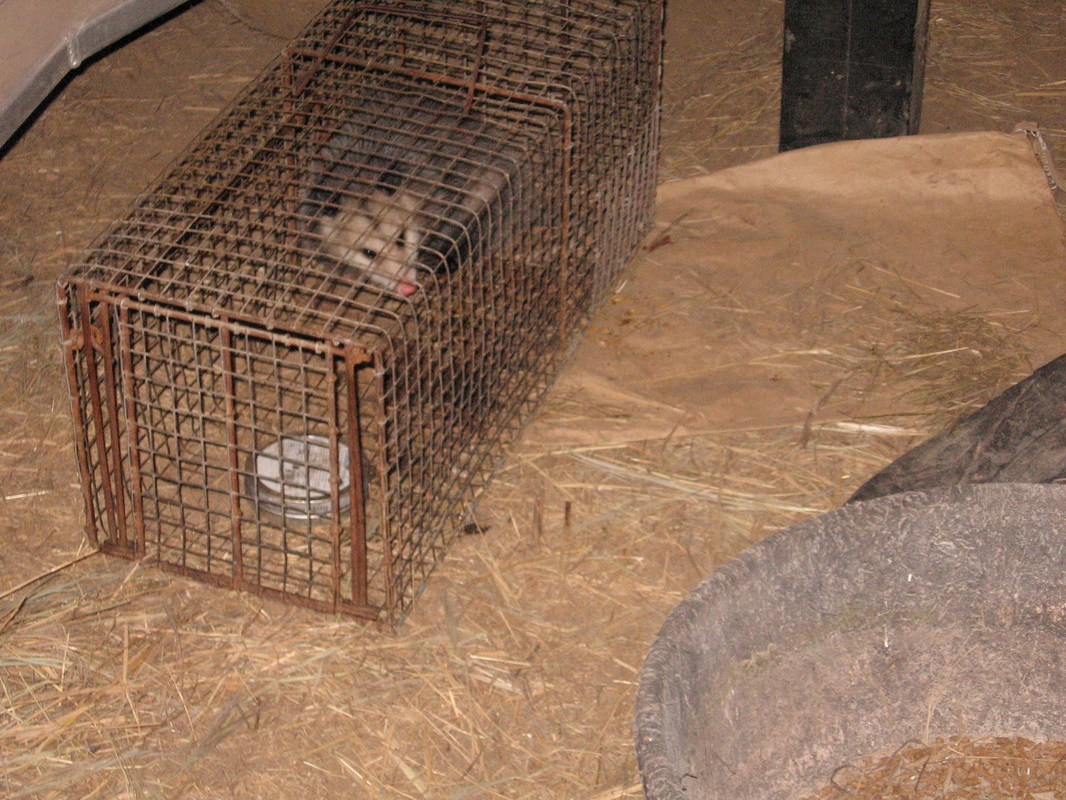
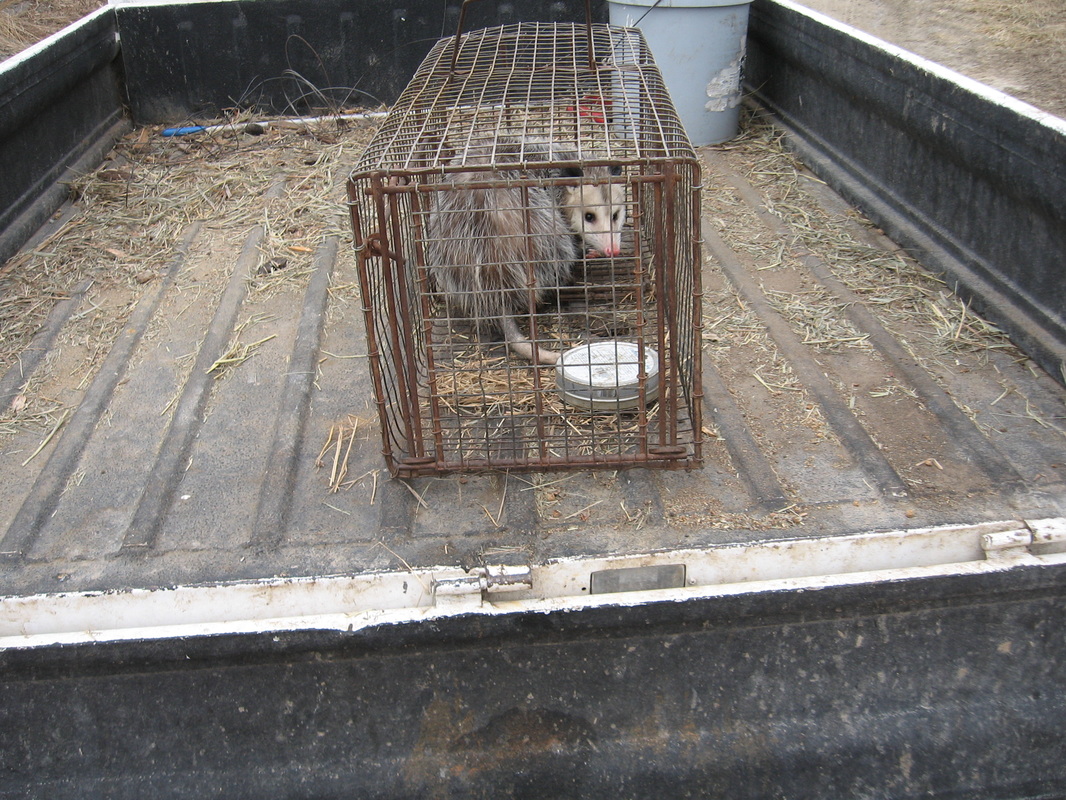
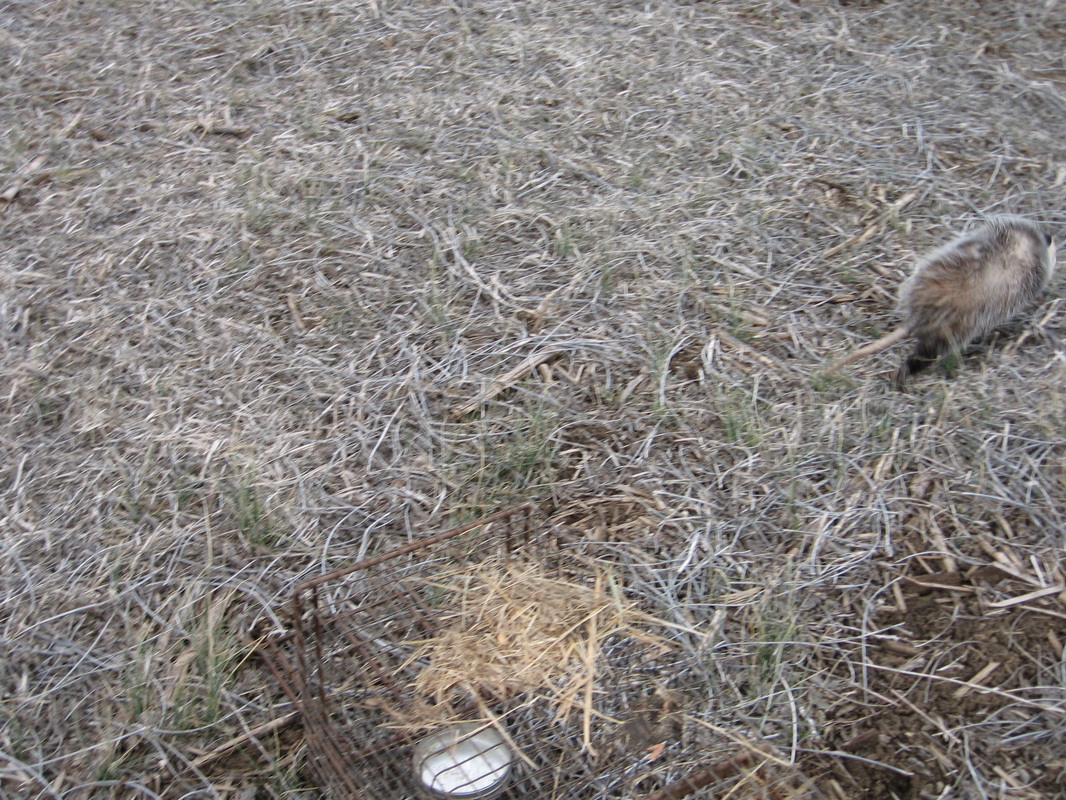
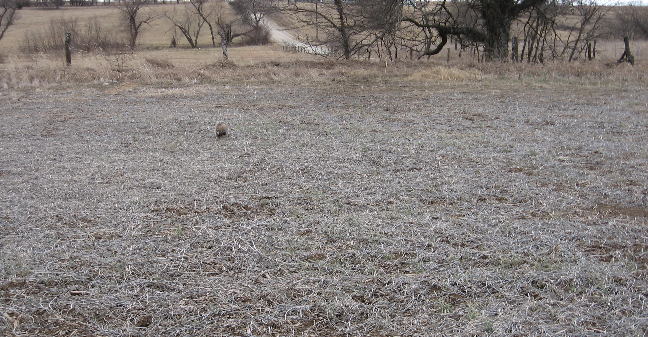
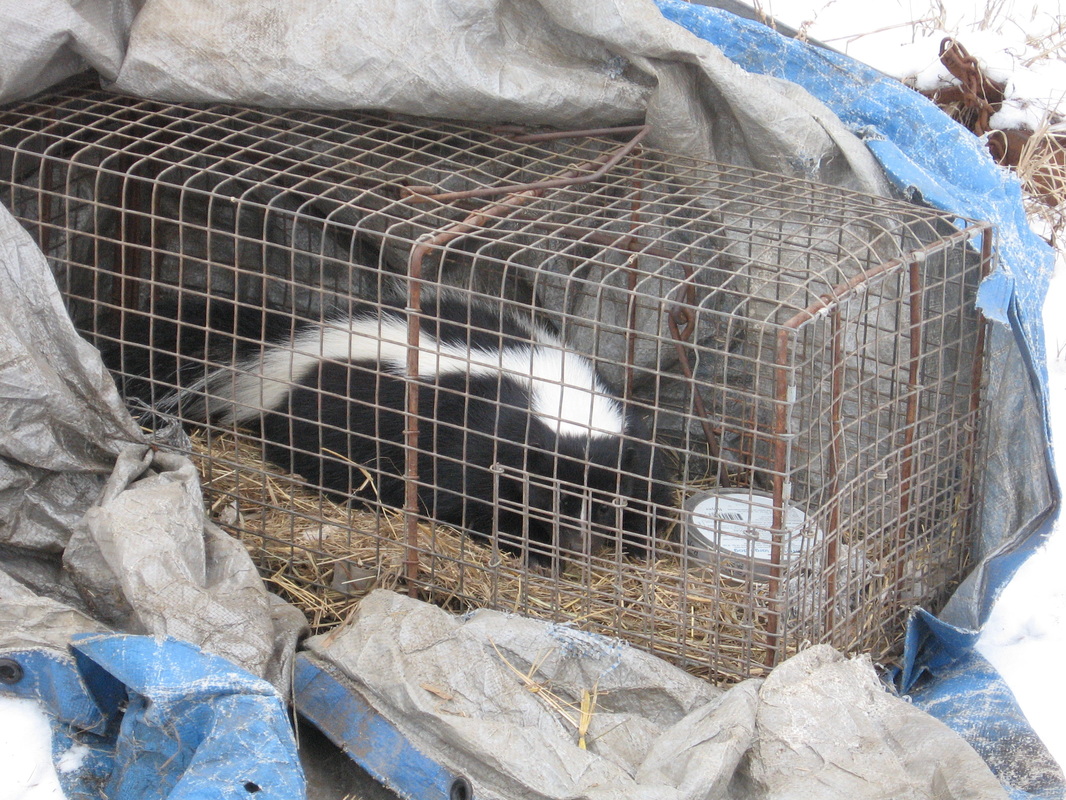
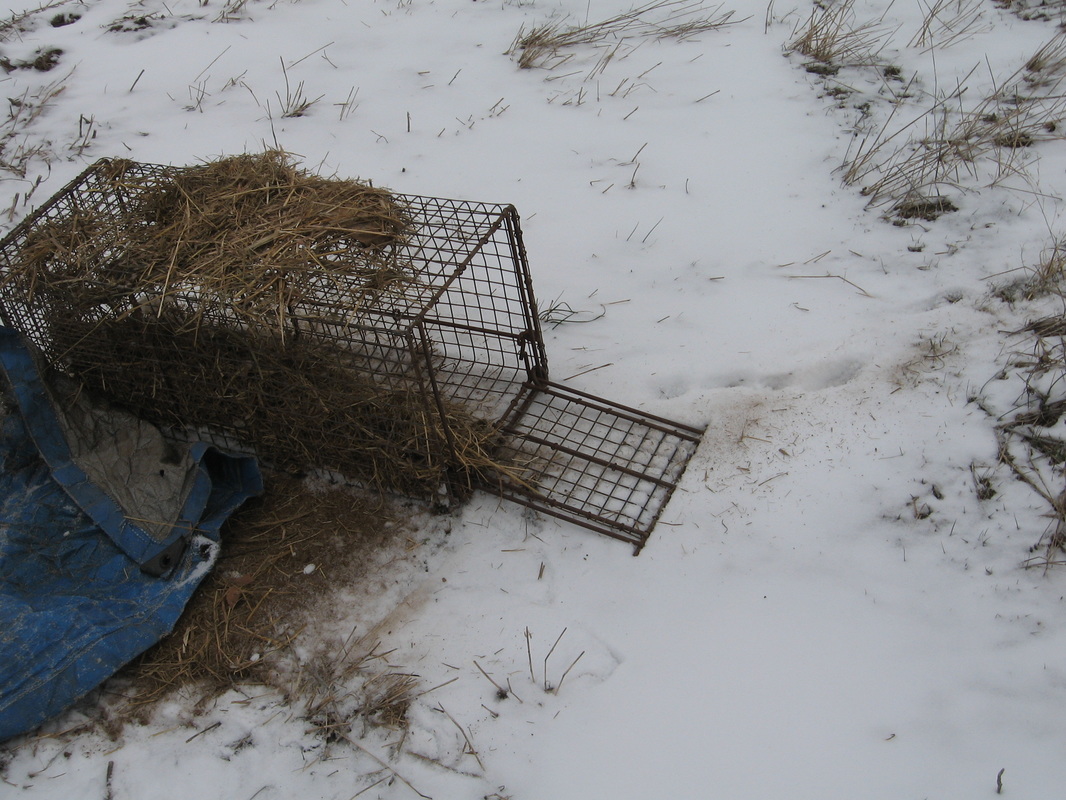
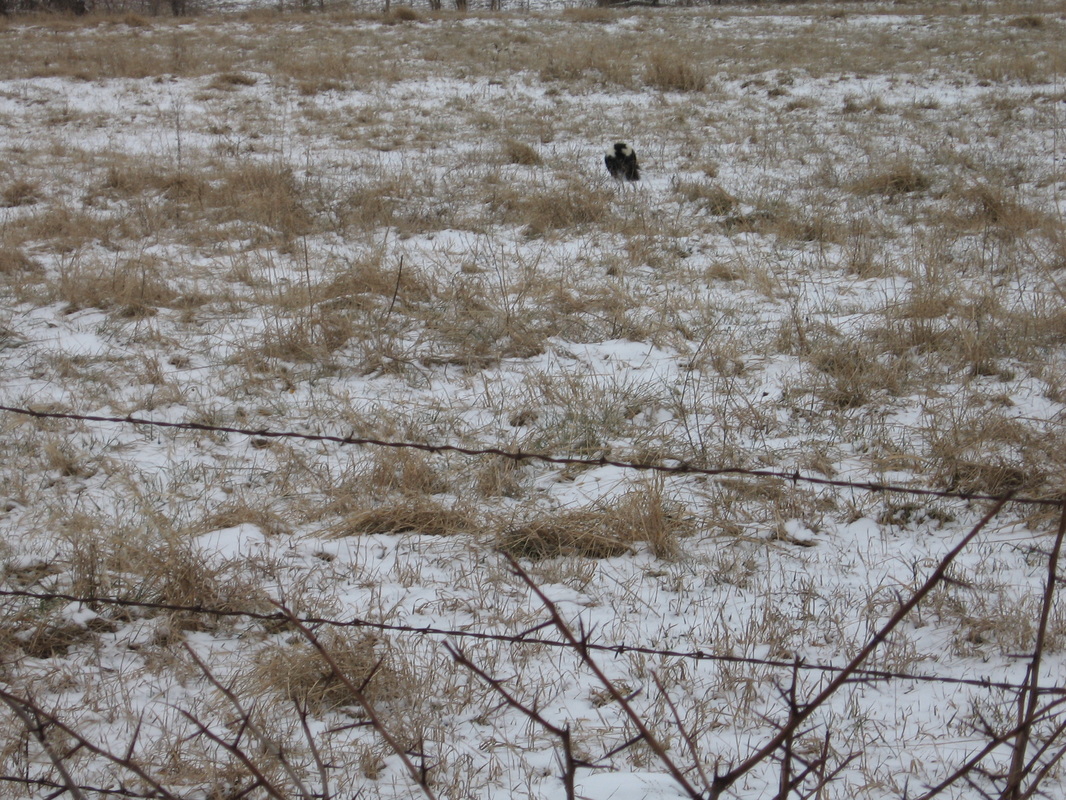

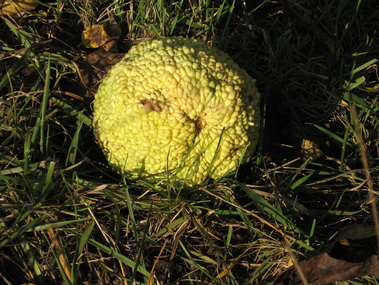
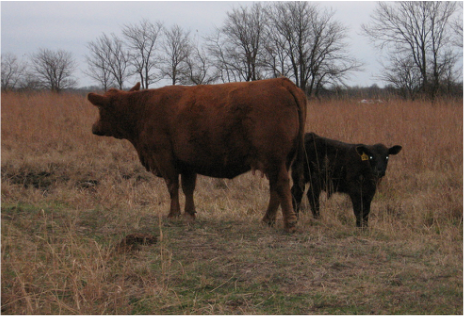

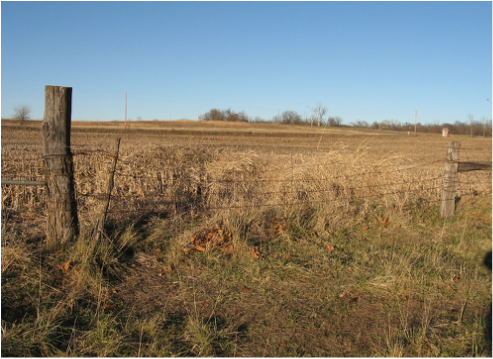
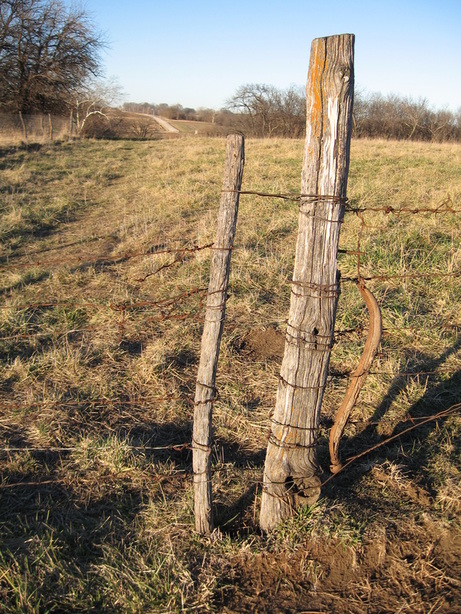
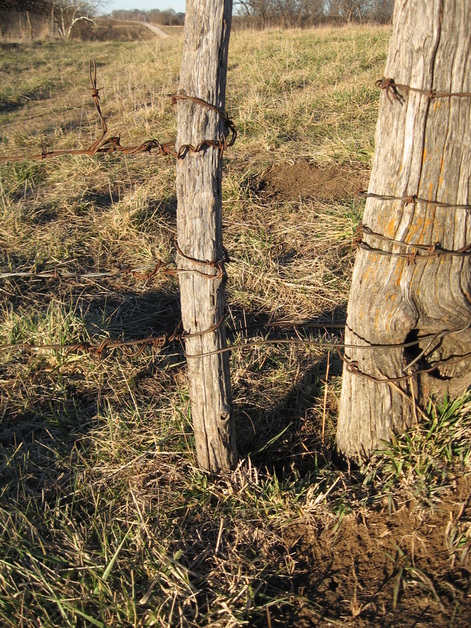
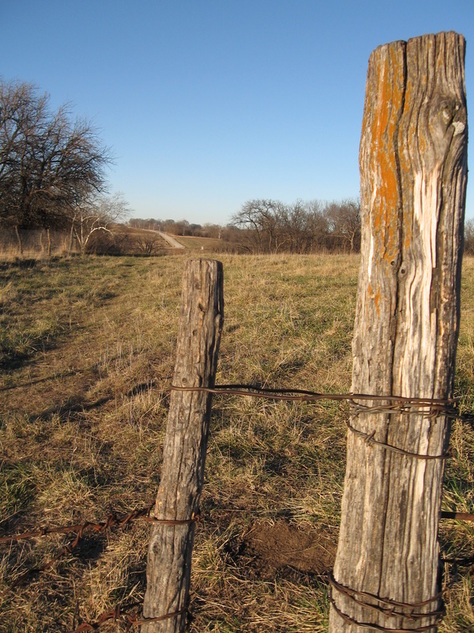
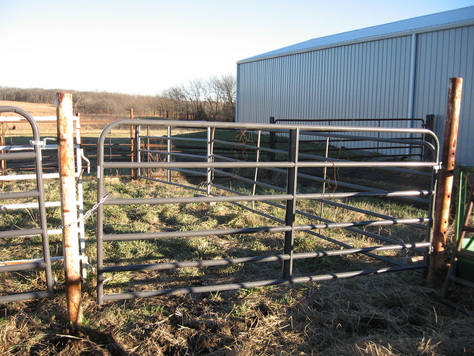

 RSS Feed
RSS Feed